Polestar 4 is heading to Europe in early 2024
Polestar presented its third all-electric series model, the Polestar 4, at the Shanghai auto show. In terms of size and price, the SUV coupé is to be positioned between the Polestar 2 and Polestar 3. The most striking feature: the Polestar 4 no longer has a rear window.
The fourth Polestar model in total – and the brand’s third BEV model after the Polestar 1 PHEV coupé – is intended to combine “the aerodynamics of a coupé with the spaciousness of an SUV”, according to the company’s statement. Polestar also emphasises that the vehicle was developed from the outset as an SUV coupé and that there are therefore no compromises in the interior – which would have been the case with an SUV converted into an SUV coupé.
But more about the body in a moment, first about the drive technology: The Polestar 4 is based on Geely’s Sustainable Experience Architecture (SEA), which has formed the basis for numerous electric vehicles in recent years. From the platform, the Polestar 4 takes over the permanently excited synchronous motors; in the all-wheel-drive version presented in Shanghai, these come to a system output of 400 kW and a torque of 686 Nm. In addition to the dual-motor model, there will later also be a single-motor variant with rear-wheel drive – with 200 kW of power, 343 Nm of torque and (provisionally) a range of 600 kilometres.
Regardless of the drive, a 102 kWh battery is installed, which should already provide a WLTP range of 560 kilometres in the powerful all-wheel drive model (3.8 seconds to 100 km/h) – but the range is still a provisional value. The battery can be charged with up to 200 kW in both drive variants, but Polestar does not specify the charging time from ten to 80 percent. On the other hand, there is a 22 kW on-board charger for charging with alternating current as standard. In addition, a bidirectional charging function will be available at market launch, although “only” vehicle-to-load functions are announced. External devices can thus draw power from the Polestar 4’s drive battery; vehicle-to-home or vehicle-to-grid are not mentioned in the announcement.
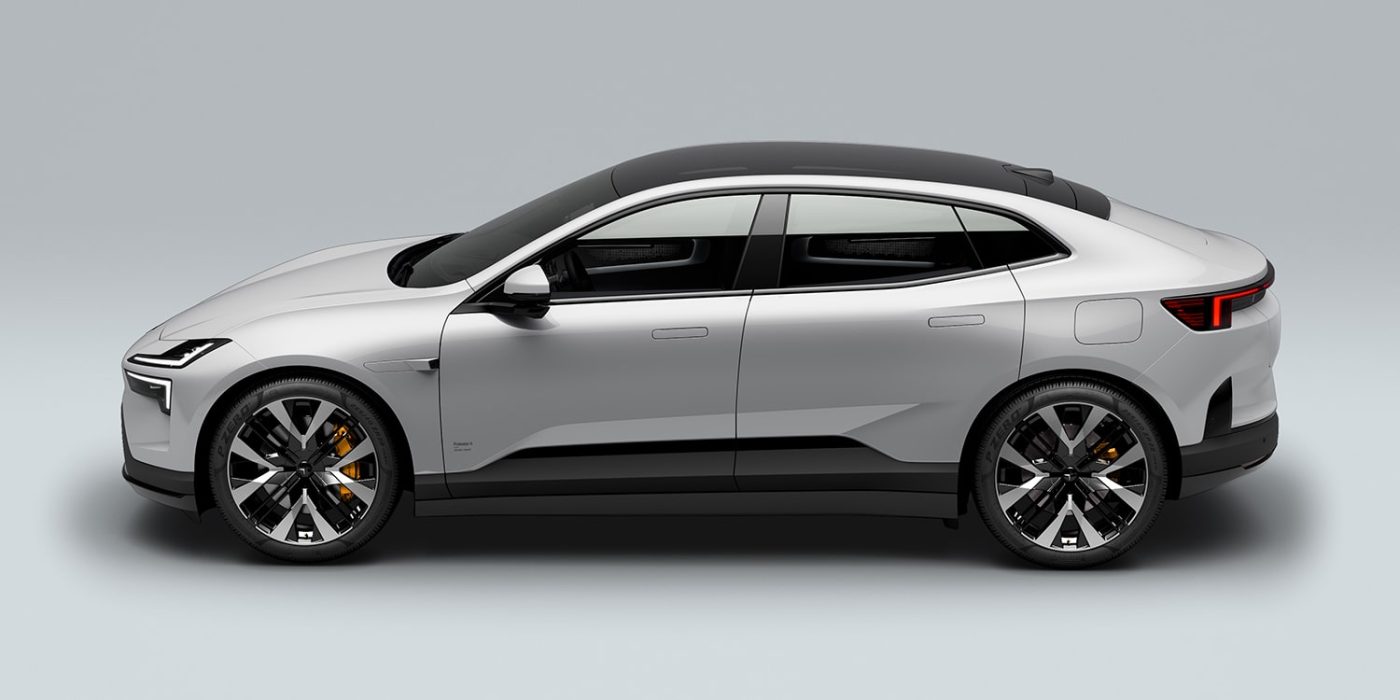
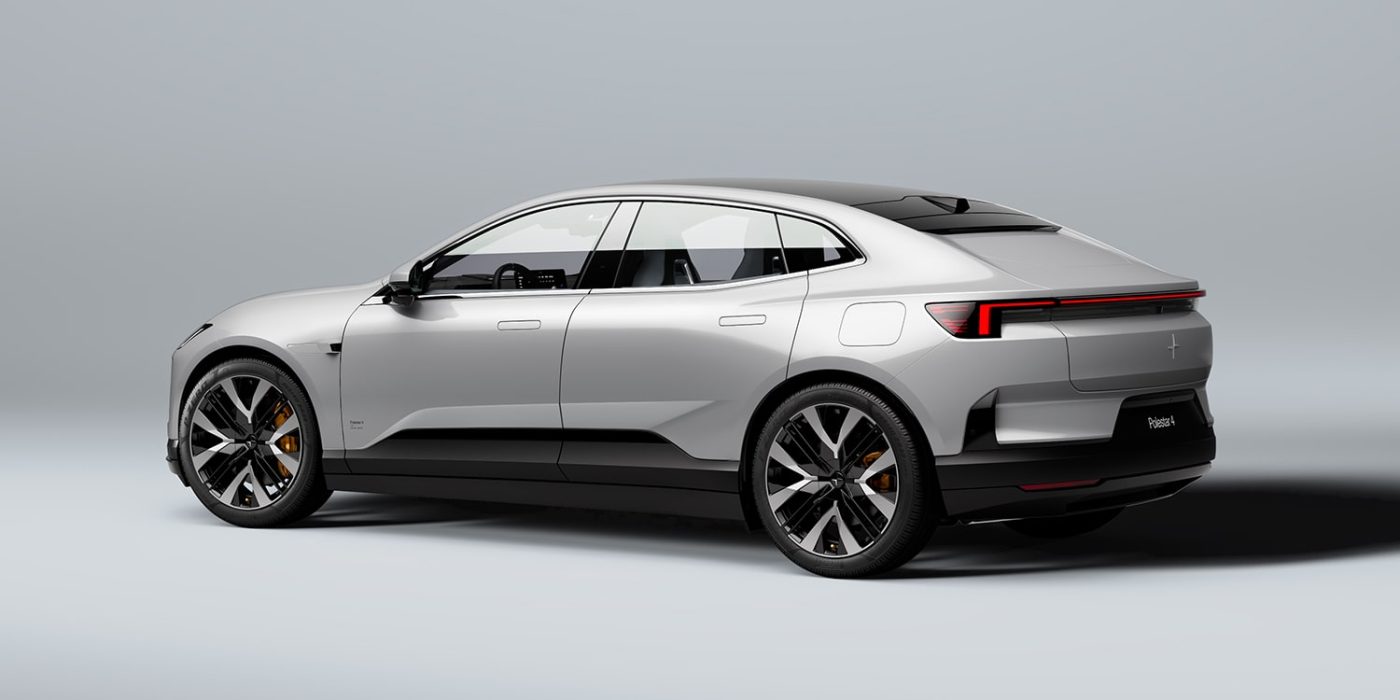
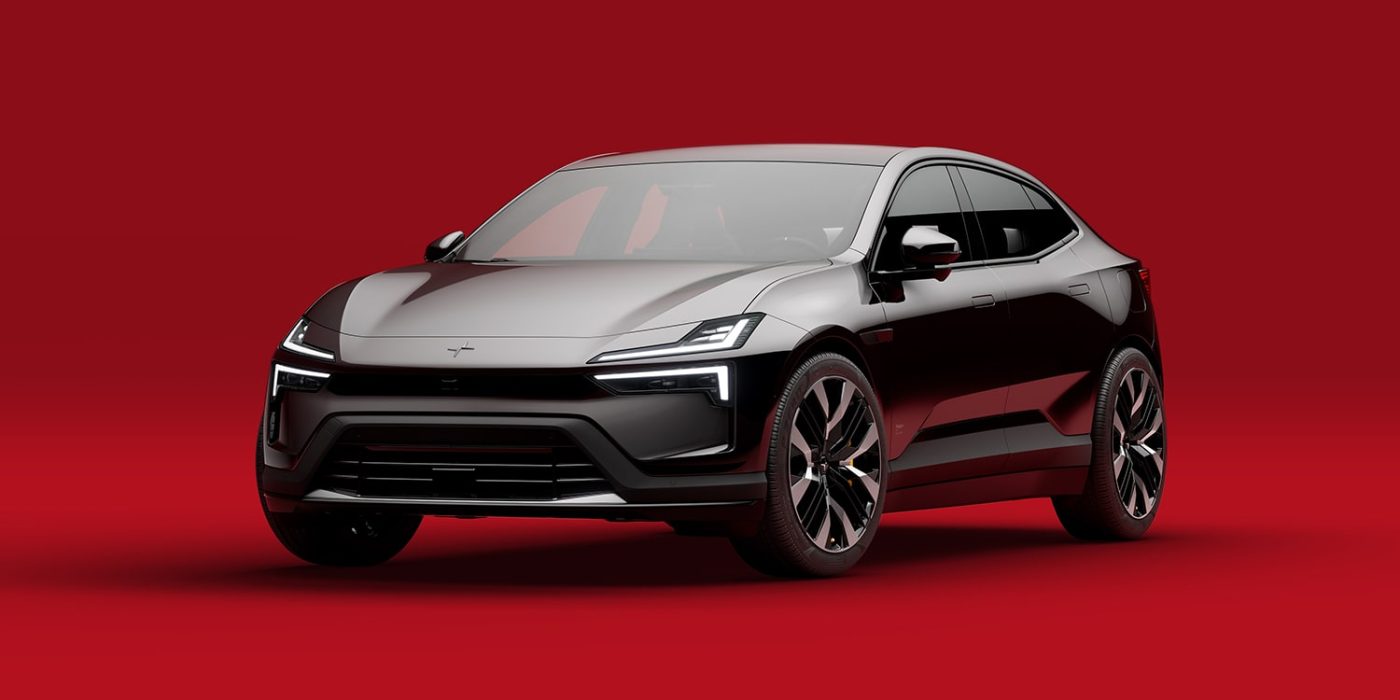
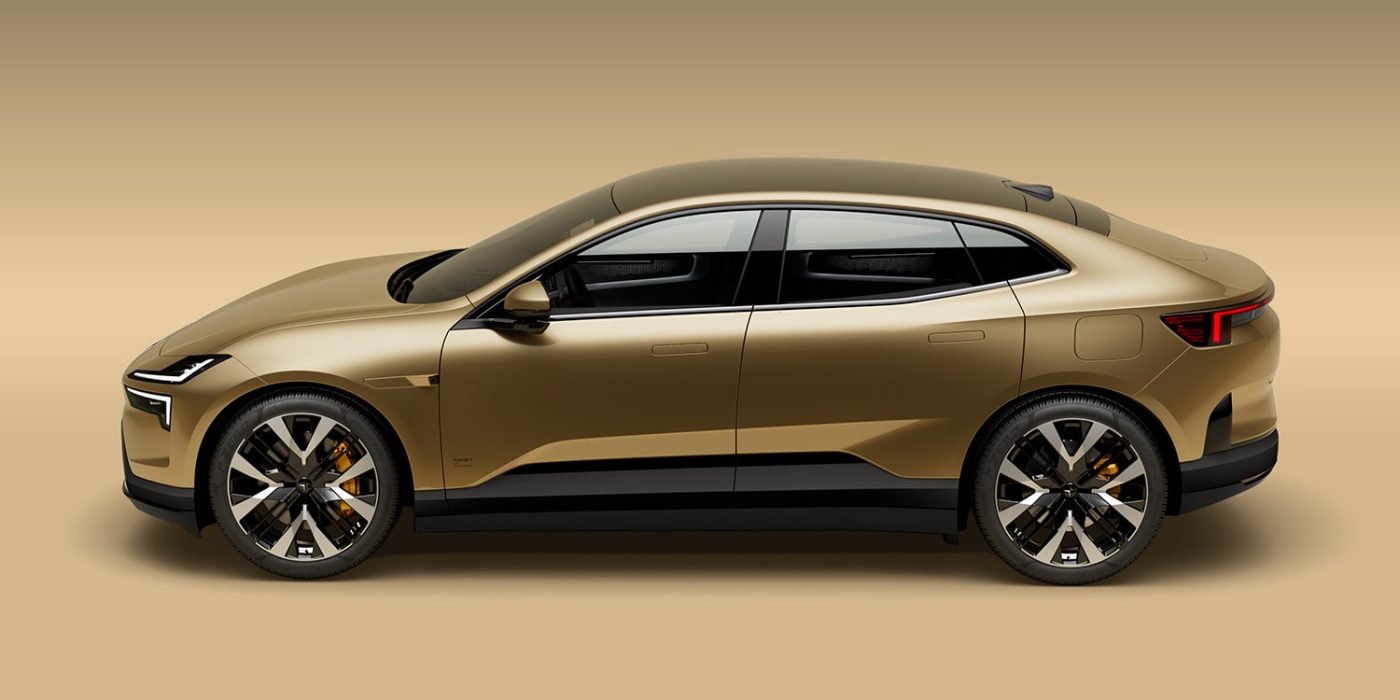
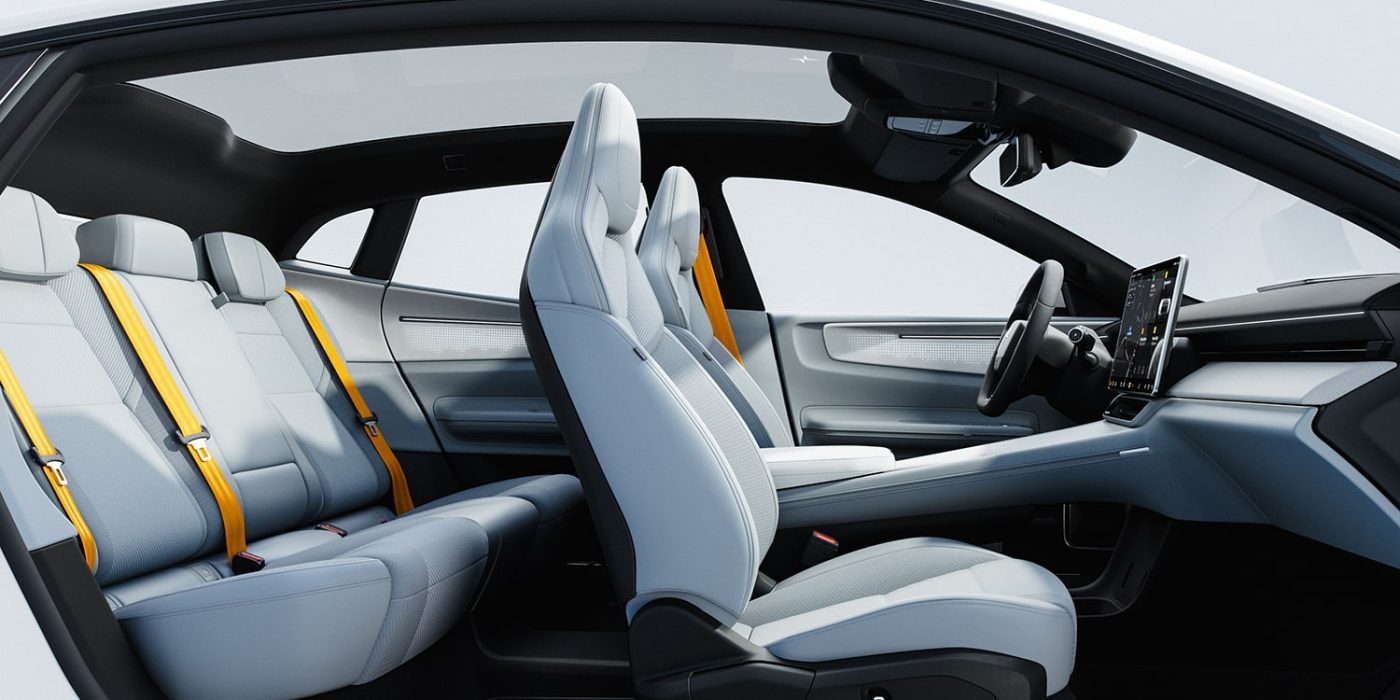
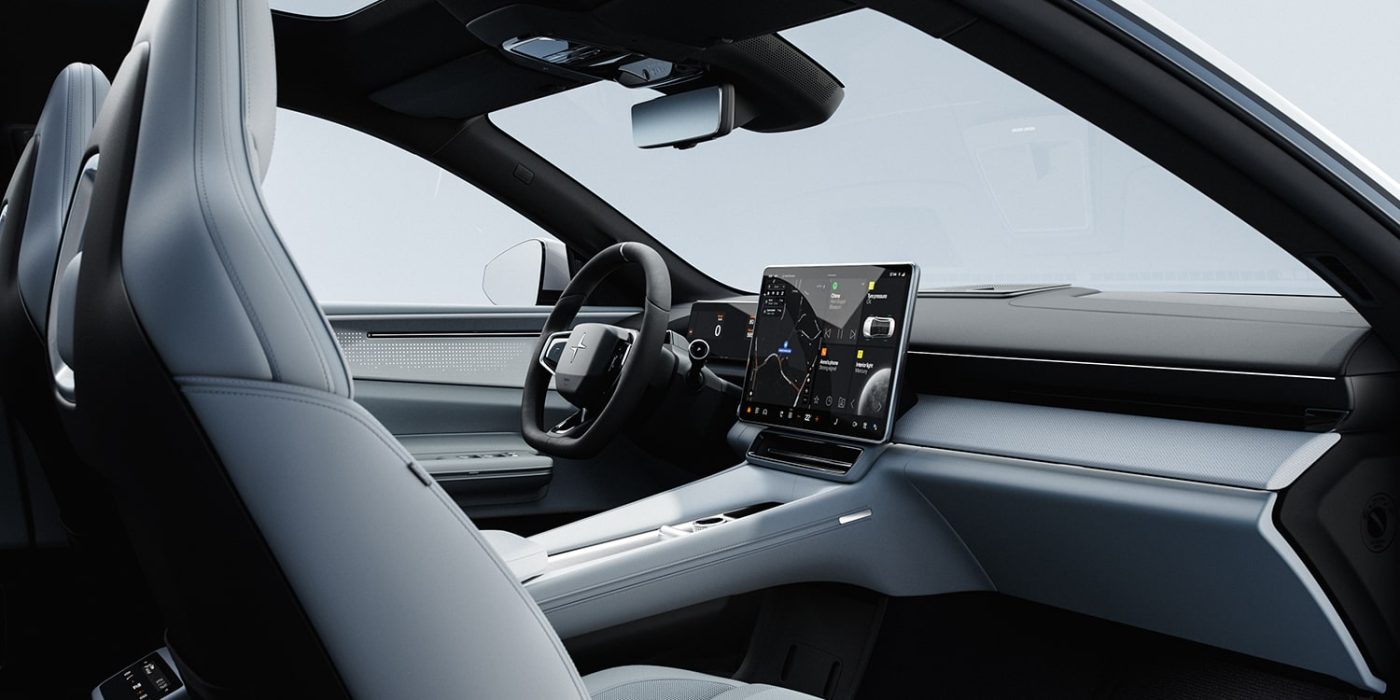
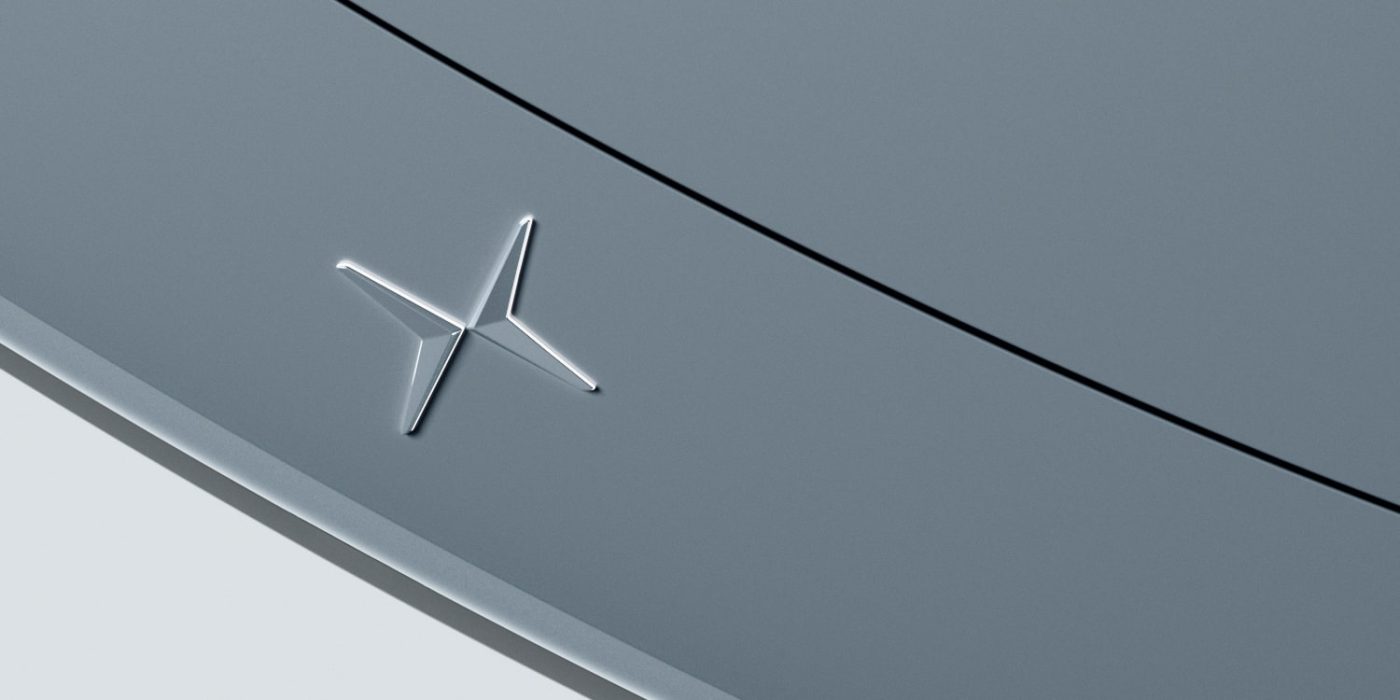
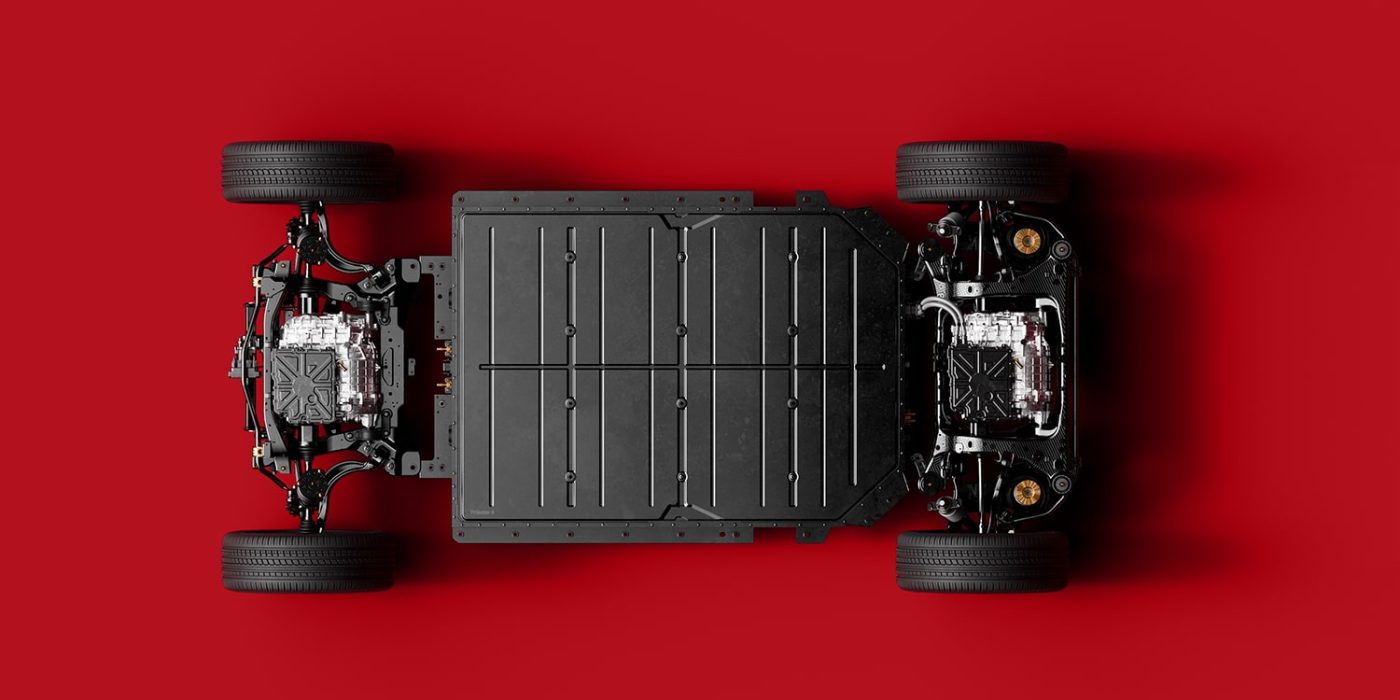
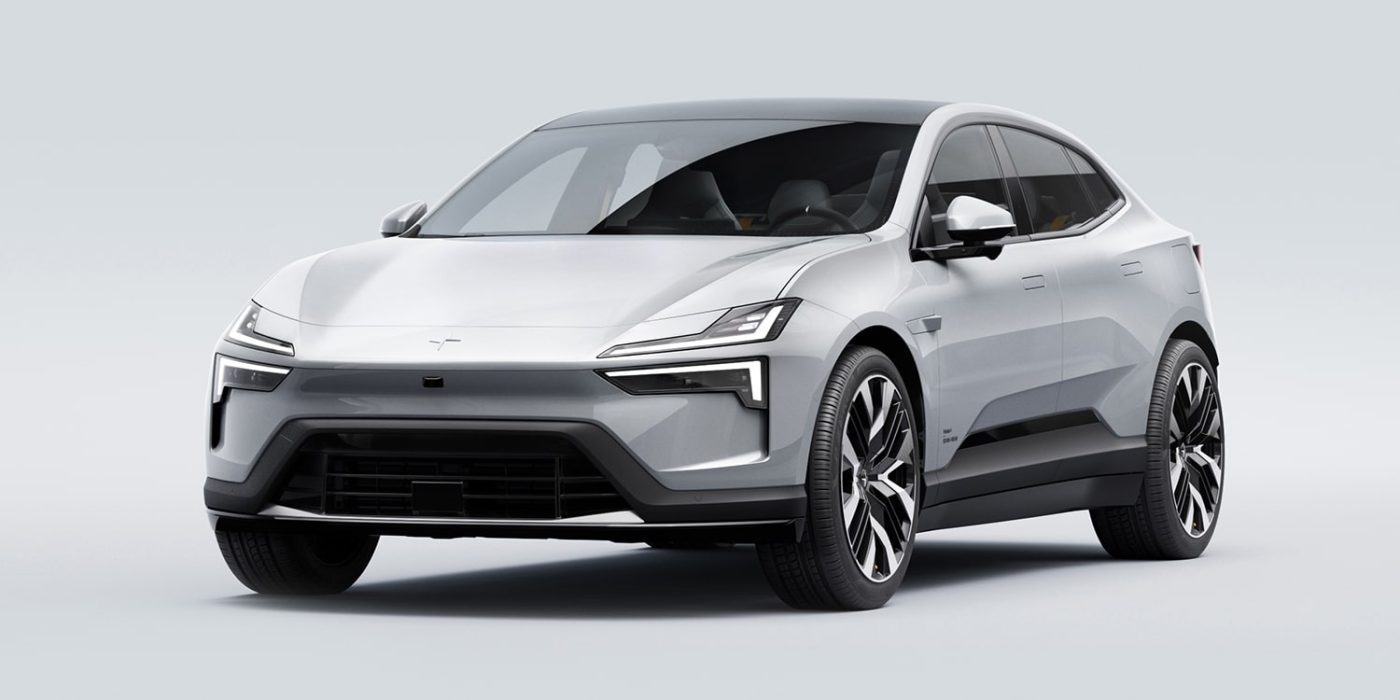
To achieve this, the manufacturer emphasises some measures to increase the efficiency of the drive system. A disconnect clutch allows the vehicle to disconnect the front electric motor when it is not needed. A heat pump is fitted as standard, enabling the vehicle to use ambient heat to precondition the cabin and battery. In addition, thanks to a “new drive optimisation function”, the person at the wheel is supposed to be able to “choose between a range mode and a performance mode” in the all-wheel-drive model. In other words: in range mode, the set-up is designed for efficiency and the system primarily uses the rear engine. In performance mode, both motors are supposed to provide full power development and good responsiveness. In many other electric cars with two motors or more, such a function has long been standard. However, Polestar had previously decided against different driving modes – in the Polestar 2, for example, there is no option to choose between Eco, Comfort and Sport.
Back to the body: the model is in the D-segment, so with its 4.84 metres in length and 2.14 metres in width, the Polestar 4 is not a small car. The height is 1.54 metres, the wheelbase is given as 2.999 metres, rounded off to three metres. According to Polestar, aerodynamic efficiency is to be “supported” with a relatively flat front, retractable door handles or flush glazing with frameless windows. However, there are no figures on the cW value and the frontal area.
“With Polestar 4 we have taken a fundamental new approach to SUV coupé design,” says Polestar CEO Thomas Ingenlath. “Rather than simply modifying an existing SUV, giving it a faster roofline and as a result, compromising elements like rear headroom and comfort, we have designed Polestar 4 from the ground up as a new breed of SUV coupé that celebrates rear occupant comfort and experience.”
That’s why there are reclining seats in the rear as well. Since the car has no rear window, it is said to result in “a new kind of immersive rear occupant experience”. Incidentally, the interior mirror is replaced by a high-resolution screen that displays the image of a rear-view camera – alternatively, the driver can also watch the passengers in the back seats, which may be useful to keep an eye on children. There is a separate touchscreen between the front seats for the climate control, and a 15.4-inch touchscreen in landscape format is installed in the front – as usual for Polestar, with an Android Automotive-based operating system.
The Polestar 4 will be launched in China first, with production in China scheduled to begin in November 2023. The launch in Europe, North America and Asia-Pacific is planned for early 2024. The expected launch price is 60,000 euros.

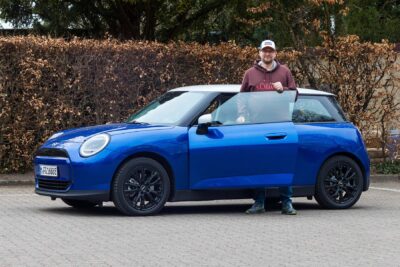

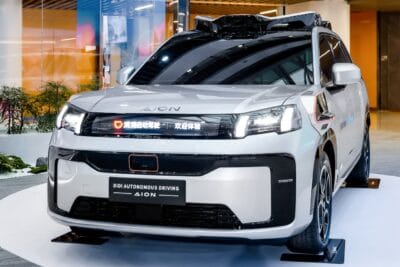
2 Comments